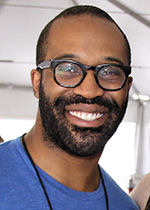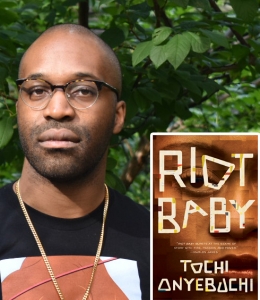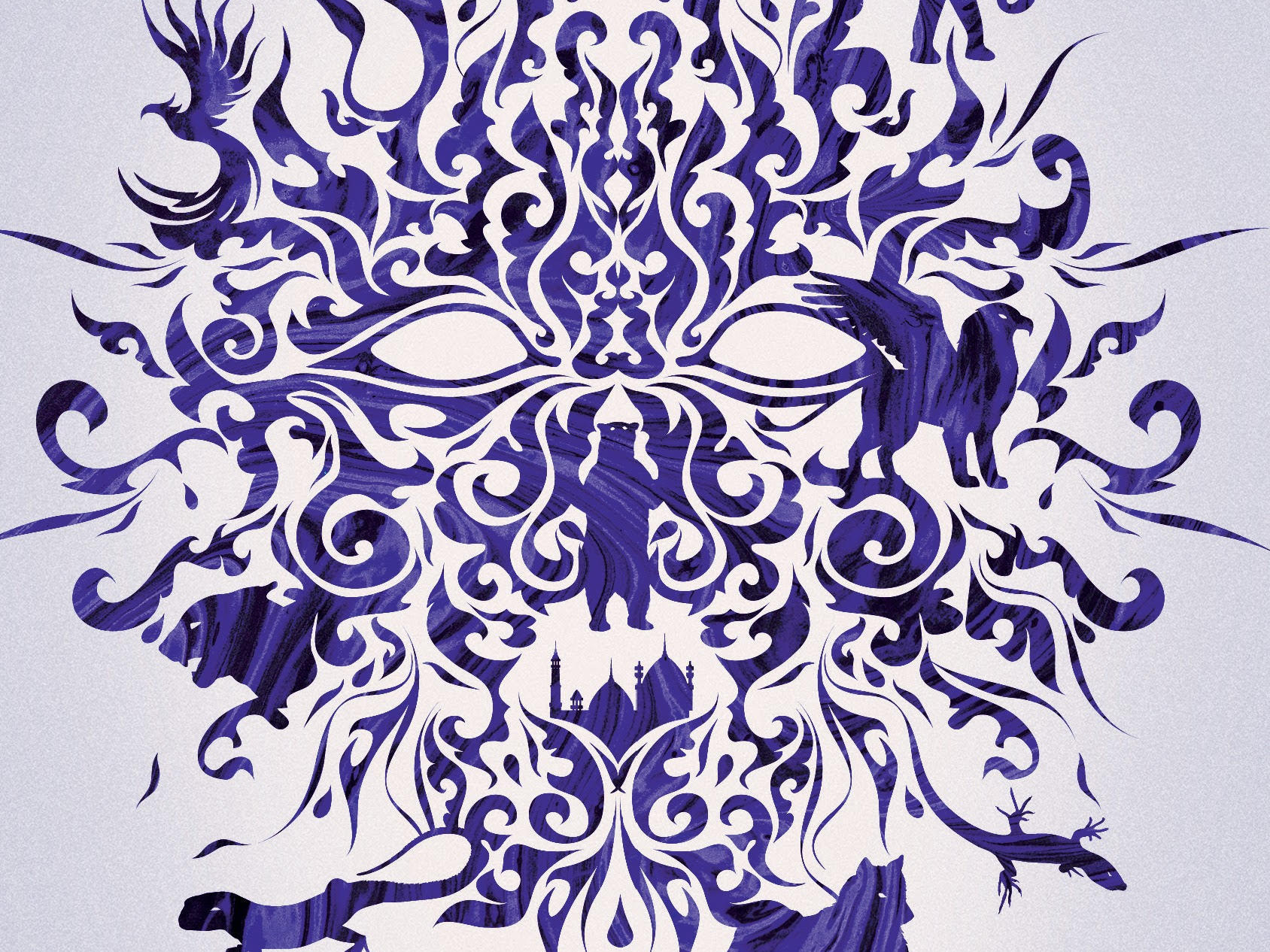

Another one, “ Fullmetal Alchemist ,” is probably one of the greatest treatises on dealing with grief.

The main characters were child soldiers, worried about rebel movements and civil conflict all in a story about giant robots crashing into each other. A lot of my path through speculative fiction, through science fiction and fantastical storytelling, was guided by anime and manga. I based the structure of the space colony on the colonies in “Gundam Wing”! It’s like a foundational text for me. Can you talk about your anime influences? I couldn’t help but see a lot of the anime series “ Mobile Suit Gundam Wing” in this book. This conversation has been edited for length and clarity. Through their stories, Onyebuchi explores what our future – despite the vast potential of space travel and colonization – might look like if the wealth, housing and racial inequities that we face in the here and now go unaddressed. These include a construction worker tasked with tearing down houses for raw materials to be shipped to the colonies, a marshal transporting a prisoner, and a colonist who wants to return to Earth and build a life.

How ‘Murderbot Diaries’ author Martha Wells overcame a career in crisis to create the killer series.The influence of anime is hard to miss in “Goliath,” Onyebuchi’s latest dystopian epic set in a future where the wealthy have fled Earth for space colonies, leaving those who cannot afford the journey to eke out lives on a planet ravaged by climate change. This programming block, which exposed a generation of American kids to Japanese animation, helped set him on his path to becoming a storyteller of speculative fiction, he says. to watch a block of anime that included “Thundercats” and “Voltron,” and later on, “Dragon Ball Z,” “Sailor Moon” and “Mobile Suit Gundam Wing.” Author Tochi Onyebuchi is a self-described “member of the original Toonami generation” – meaning that in the late ‘90s and early ‘00s, he’d tune to Cartoon Network from 4-6 p.m.


 0 kommentar(er)
0 kommentar(er)
